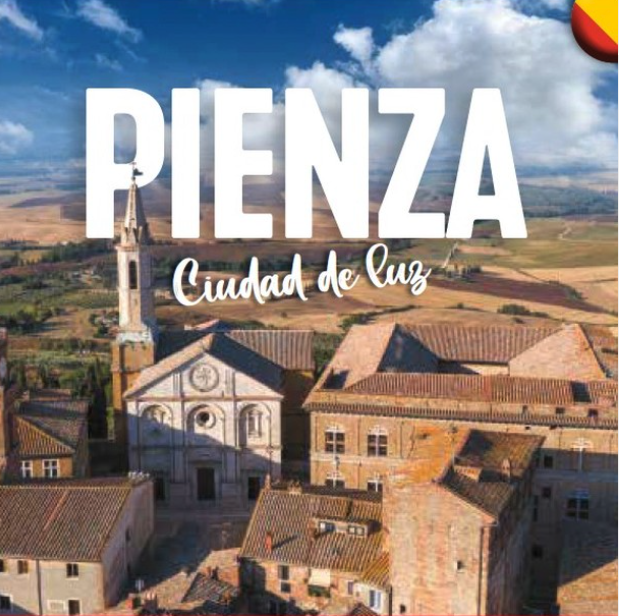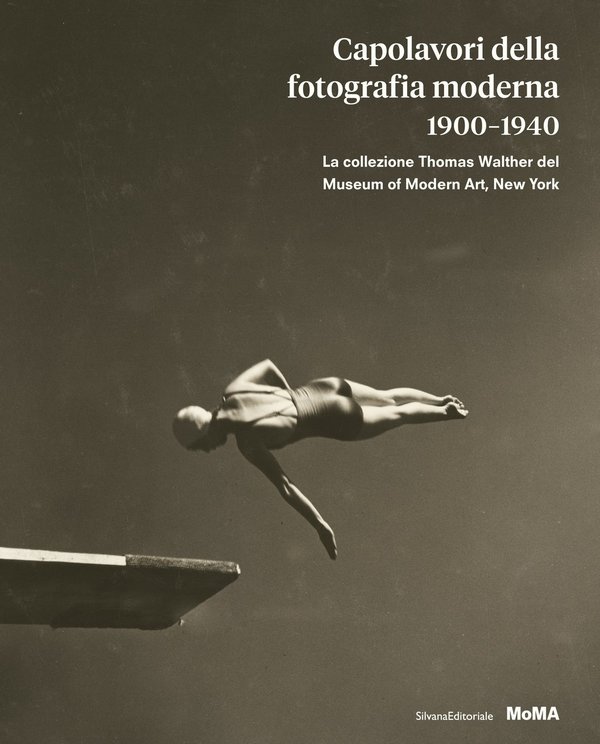catalogo digitale
Catalogo online della Galleria Borghese di Roma
Autore: vari
Editore: Galleria Borghese di Roma
Lingue di traduzione: italiano - inglese
Traduttori: Nuovo Traduttore Letterario
La Galleria Borghese di Roma ospita un patrimonio storico-artistico di straordinaria importanza con migliaia di opere d’arte. Al momento sta compiendo un passo decisivo per rendere accessibile le sue incredibili ricchezze al pubblico internazionale, con la traduzione in inglese dell’intero catalogo online. Le schede dedicate alle singole opere, firmate da grandi storici dell’arte, comprendono introduzione, scheda tecnica, ricostruzione storica e inquadramento storico-artistico. Abbiamo terminato la traduzione delle prime 1200 cartelle di testo, con una squadra formata da traduttori esperti nell’arte antica e moderna; il completamento del progetto è previsto nei primi mesi del 2024.
Portrait of a youth
By Fontana Lavinia
The drawing, completed in tempera, was probably purchased by Cardinal Scipione Borghese. One of the Bolognese painter’s many admirers, he had two other paintings by her: Minerva Dressing (inv. 7) and Virgin Adoring the Sleeping Christ Child (inv. 437). The work, signed and dated, was painted in Rome in 1606 and is the portrait of a young man who, with his back to us, turns towards the observer with a lively look, constituting one of the few documents of Lavinia Fontana’s use of this technique.
COMMENTARY
This refined portrait was made by Lavinia Fontana in 1606 in Rome. In all likelihood, it became part of the Borghese Collection through Cardinal Scipione, who was known in his day as one of the greatest admirers of the Bolognese artist; indeed in 1613 he commissioned her to paint Minerva Dressing (inv. no. 7). From 1650, this Portrait of a Youth is mentioned as being held at the Casino di Porta Pinciana, where it was seen by Iacomo Manilli, who described it as ‘the head of the Redeemer’. For his part, Adolfo Venturi (1893) believed the work was a copy that Fontana made of a drawing by a member of the Carracci family, which in turn derived from an original by Correggio. In 1955, Paola della Pergola labelled the work a preparatory study executed ex novo by Fontana; the scholar indeed used this description when she published the work in the catalogue of paintings of the Galleria Borghese.








